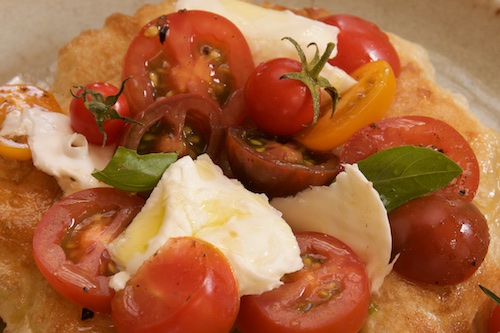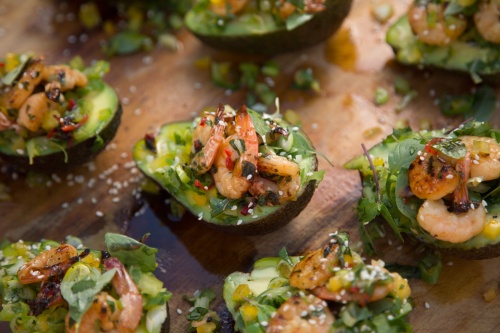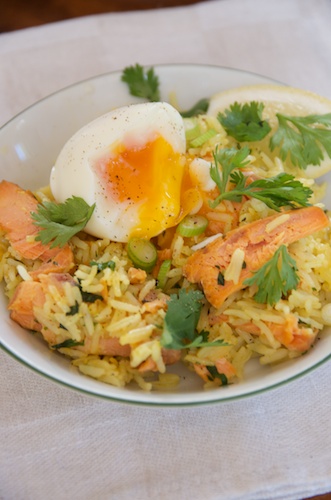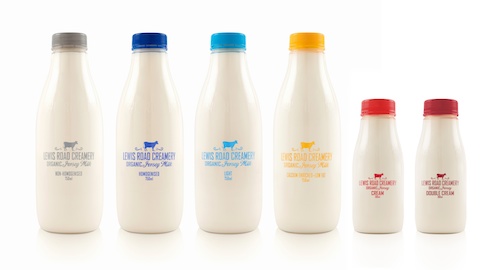I’ve just discovered a new olive oil and unusually for me it’s from Greece. For years I’ve been in the habit of buying Italian oil by the litre for cooking and local New Zealand for the table – a different one every time.
My new oil, from Vassilakis Estate was recommended to me by Frederic, the manager of Le Marché Français in Wellington. The idea that a French delicatessen should not only stock a Greek olive oil but give it a prominent display, centre stage, intrigued me.
I don’t think I’ve ever seen an estate bottled Greek olive oil on the shelf in this country, let alone bought one, so I read up on it. I discovered that Greek producers have been slow to follow the boutique trend, and not because their oils lack quality. Greece boasts the highest percentage of extra virgin olive oil in the world (up to 80% of their total production). Despite that, most of the exported oil is shipped out unbranded to countries who use it to raise the quality of their own bulk blends. Boutique brands are in the minority but if the international awards are anything to go by, their numbers are increasing.

Vassilakis Estate EV Olive oil
This one made it to Wellington thanks to businessman Paul Robinson. He discovered it while on holiday in Crete and was so impressed by the oil and the Vassilakas family who produce it that he rashly imported two pallets and had it delivered to Le Marché Français at the Woolstore, his building on Thorndon Quay.
The Vassilakis family has been producing oil from their estate since 1865. The current generation is proud of their heritage but they are also investing heavily in the future with modern extraction technology and contemporary branding. Given the current Greek crisis, that’s as brave as it is smart and I imagine it was part of what appealed to Paul when he put in his order. He told me he likes the idea that his own family business, the Woolstore, is supporting another family business in Crete.
I’m a sucker for a story like that so I paid $10.90 for 200ml of the best in the range and I tasted it neat, sipped off a warm spoon. (I’ve always thought it a strange way to taste a product that is otherwise never consumed like this but it is the fairest way to evaluate and compare olive oils.) Like most Greek olive oil this one is made from koroneiki olives which produce a very low acid, fruity flavoured oil. balanced with a pleasant bitterness (think raddicchio). I also found it nicely buttery with a silky mouth feel, a grassy aroma and a peppery finish that lingers like a warm evening in Crete.
I’ve been sloshing it about quite liberally. Its slight bitterness is perfect on a green salad – it’s like adding a few dandelion leaves to the mix – and it’s very good drizzled on my (mostly) homegrown tomatoes with mozzarella, sea salt and basil.

This is not sponsored content.







